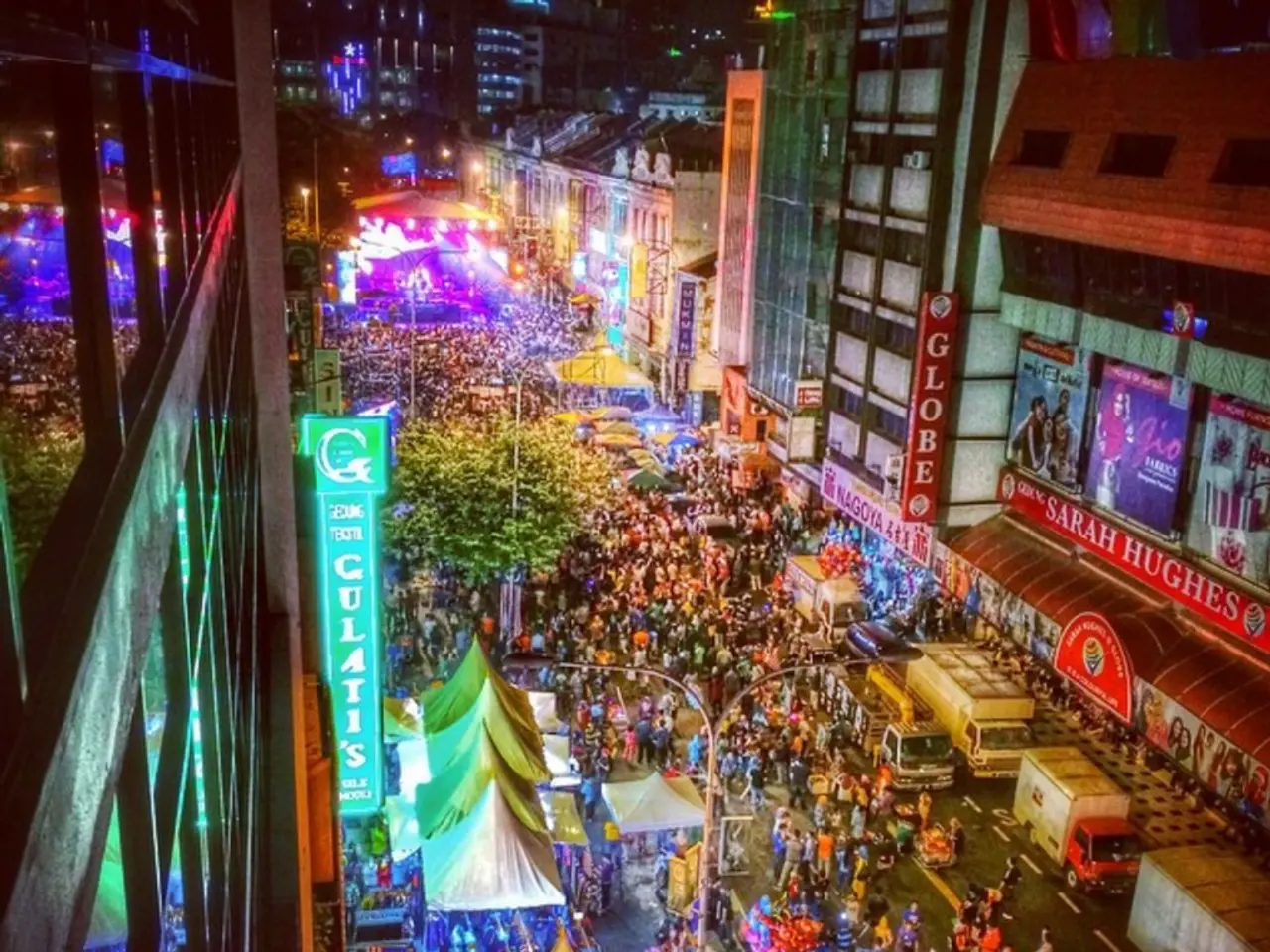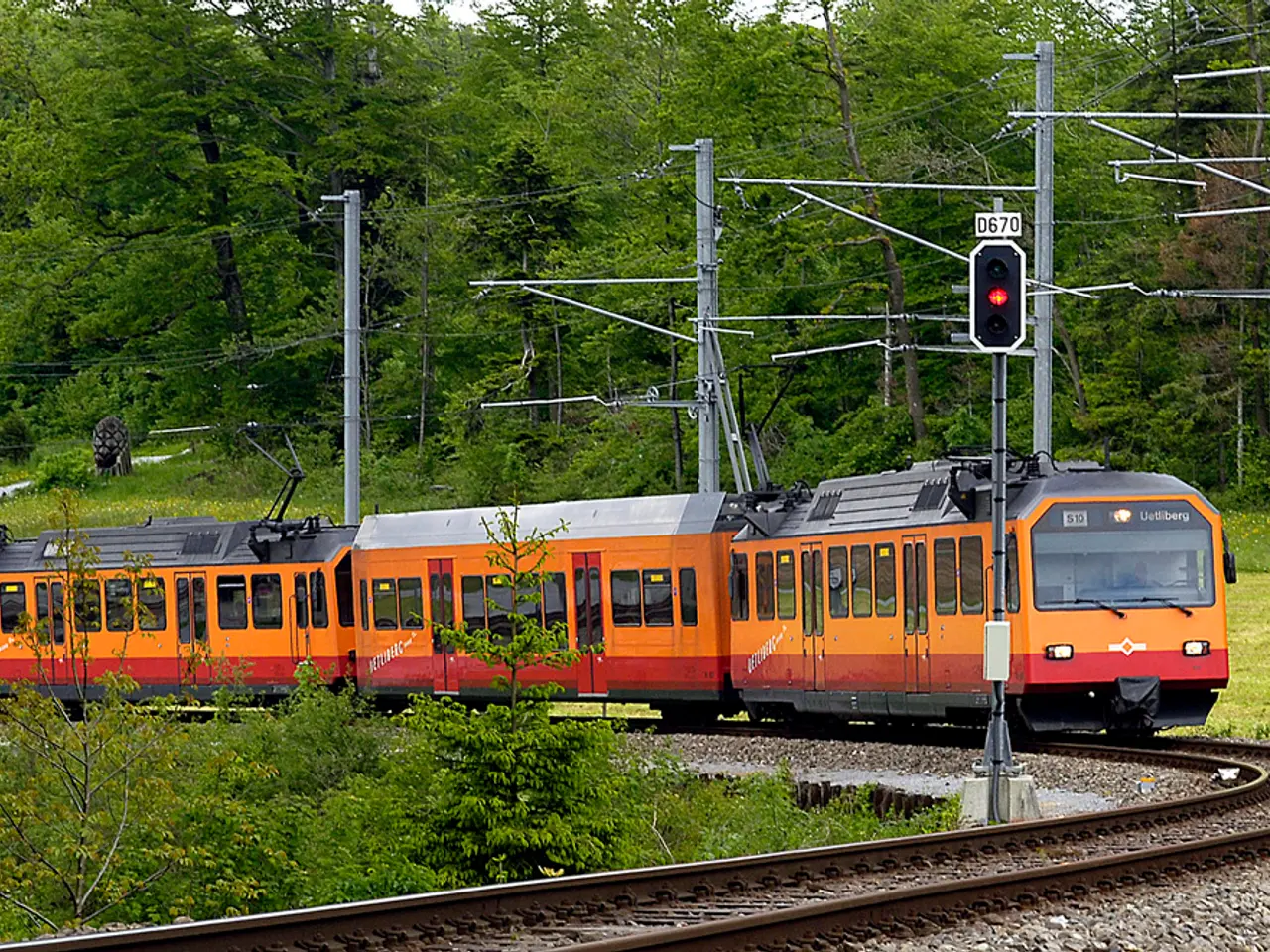Exhilarating, damp, and remarkable: The final stage of Tour de France was an unforgettable spectacle
The 2025 Tour de France Finale Breaks Tradition with Montmartre Finish
The 2025 Tour de France finale, a departure from the traditional Champs-Élysées finish, saw the race weave through Montmartre, Paris[1]. This new route, which included three climbs up Montmartre before a descent to the iconic Champs-Élysées, brought about significant changes for riders, spectators, and the race's long-standing traditions.
For the riders, the Montmartre finish introduced a more demanding final stage, favouring versatile and climber-type cyclists over pure sprinters[2][5]. The climbs on Rue Lepic and the Montmartre hill proved too challenging for many sprinters to maintain their competitive edge, potentially reshaping the opportunity to win the final stage and affecting general classification tactics[2][5]. The stage was described as revolutionary and chaotic, adding excitement and unpredictability to the finale[3].
The Montmartre route proved to be a spectacular and engaging course for spectators. The 2024 Olympic road race had already demonstrated massive enthusiasm, with over 500,000 spectators on a similar route, energized by the climbs and the scenic passage past the Sacré-Cœur basilica[1][2]. This route offered a dramatic and visually stunning backdrop, increasing the race’s appeal and spectator excitement compared to previous flat finishes[1][2].
The Montmartre finale sparked debate about the future of the Tour’s final stage, with potential for a rotation between traditional flat sprints and more challenging finishes like Montmartre[5][1]. While the classic sprint finish had been a prestigious goal for sprinters for 50 years, organizers and stakeholders are now considering more flexible formats to balance tradition with innovation and race dynamics[1][5].
Notable personalities, such as former uber-sprinter Marcel Kittel, expressed their feelings about the Montmartre finish, with Kittel feeling "pain in his sprinter's heart" about the new route[6]. On the other hand, Oscar Onley was glad the final section was neutralised for GC, but enjoyed the last time up Montmartre[4]. Jonas Vingegaard did not enjoy the Montmartre finish, while Wout van Aert felt differently, describing it as "crazy" and "incredible"[6][7].
The famous red windmill of the Moulin Rouge and the Sacre Coeur church are iconic landmarks found within Montmartre, providing a unique and picturesque setting for the race[8]. Despite the weather attempting to disrupt the Tour, the crowd persevered with waterproofs and umbrellas, demonstrating their unwavering enthusiasm[9].
Christian Prudhomme, the Tour director, may consider straying from the traditional Champs-Élysées finish in the future due to the success of the Montmartre finish[10]. This marks a notable evolution in the Tour de France’s history, merging tradition with new challenges for riders and spectacle for fans.
- BBC Sport
- Cycling Weekly
- VeloNews
- The Guardian
- CyclingTips
- Cycling News
- Road.cc
- Paris Info
- France 24
- Cycling Weekly
For spectators, the Montmartre route transformed the Tour de France into a spectacular and engaging spectacle, an exhilarating contrast to the traditional flat finishes [1, 2]. Moreover, the potential rotation of final stages, including more challenging finishes like Montmartre, could permanently change the face of the Tour de France, captivating spectators year after year [1, 5].






